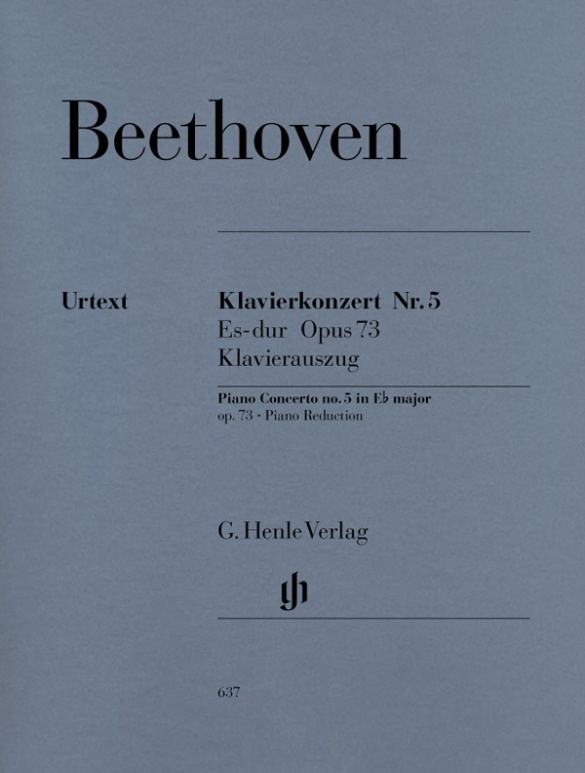

Ludwig van Beethoven
Piano Concerto no. 5 E flat major op. 73
Ludwig van Beethoven composed his five large piano concertos over a period of twenty years. His Fifth Concerto in E-flat major op. 73, first published in 1810/11, is here presented in a piano reduction for two pianos. This edition, in the quality one has come to expect from an Urtext, is based on the Beethoven Complete Edition and is designed for practical use. In order to do justice to Beethoven’s intentions, the composer’s characteristic notation has been retained in the solo part. The preface, by the Beethoven researcher Hans-Werner Küthen, offers valuable details on the source situation and on its historical context, describing the circumstances of the year of its composition (1809) during the Napoleonic occupation of Vienna.
Content/Details
About the Composer
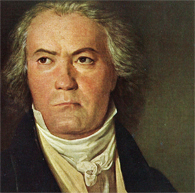
Ludwig van Beethoven
No composer has had as profound and sustained an influence on immediately following generations to the present day as Beethoven. His instrumental music, especially his symphonies, served as touchstones for symphonic composition throughout the nineteenth century. The extraordinarily high standard of his music and his relative independence as a freelance composer have led to his being characterized as the greatest composer of all time.
| 1770 | Baptized in Bonn on December 17, thus probably born on December 16, the son of Johann van Beethoven, a tenor in the court chapel of the prince-elector. First musical instruction from his father. |
| 1778 | First public performance. |
| around 1780 | Musical training with the deputy court organist Christian Gottlob Neefe, who in 1783 presented him in Cramer’s “Magazin der Musik” as a second Mozart. |
| 1782 | Acquaintance with the Breuning family, where his literary interest is aroused. First publication: Piano Variations in C minor on a March by Dressler, WoO 63. |
| 1783 | Harpsichordist in the court chapel; 1784 assistant to the court organist. |
| 1787 | Journey to Vienna. Here he very likely meets Mozart, who probably gives him some lessons. After a short while he must return home to his mother, who is ill with tuberculosis. |
| 1792 | He travels a second time to Vienna, where he will remain until the end of his life. Count von Waldstein sends him on his way with the famous words: “With steady diligence you will receive Mozart’s spirit from Haydn's hands.” In Vienna he studies with Haydn, Albrechtsberger, Schuppanzigh, and Salieri. As a pupil of Joseph Haydn, he achieves extraordinary recognition among the Viennese nobility and receives financial support. Great demand for his compositions from publishing houses: chamber music and piano sonatas from the Bonn and early Viennese years are issued. His first works printed in Vienna (among them the piano sonatas, Op. 2) already bear the hallmark of his compositional style: a forward-advancing, spirited, process-related character. |
| 1796 | Concert tours to Prague, Berlin, Leipzig, and Dresden, which cement his fame. |
| 1798 | Piano Sonata in C Minor, “Pathétique,” Op. 13. |
| 1798–1800 | String quartets, Op. 18. |
| 1799/1800 | Symphony No. 1 in C major, Op. 21 |
| 1795/1800 | Piano Concerto No. 1 in C major, Op. 15 |
| 1800–01 | Piano sonatas, Op. 27, “quasi una fantasia,” including the Moonlight Sonata, Op. 27 No. 2. |
| 1801 | Composition of the Symphony No. 2 in D major, Op. 36 (until 1802). Publication of the Piano Concerto No. 2 in B-flat major, Op. 19. |
| 1801/02 | Crisis brought on by incipient hearing loss, documented in the “Heiligenstadt Testament.” Thereafter he begins, by his own admission, a “New Path” in his compositions, reflected particularly in the piano sonatas, Op. 31 (including the Tempest Sonata); the piano variations, Op. 34 and 35; and the Symphony No. 3 in E-flat major, “Eroica,” Op. 55: they are characterized by enhanced structural development as well as by the use of Baroque techniques and models from other genres. |
| 1803–10/12 | Frenzy of creativity; these years are dubbed Beethoven’s “heroic period”. Written during this phase are Symphonies Nos. 3 through 8 (Opp. 55, 60, 67, 68, 92, 93); Piano Concerti Nos. 3 through 5 (Opp. 37, 58, 73); the Violin Concerto in D major, Op. 61; the Triple Concerto, Op. 56; string quartets (the Razumovsky quartets, Op. 59; the Harp Quartet in E-flat major, Op. 74; the String Quartet in F minor, “serioso,” Op. 95); piano trios (among them the “Ghost” Trio, Op. 70); piano sonatas (including the Waldstein Sonata in C major, Op. 53; the Appassionata in F minor, Op. 57; and “Les Adieux” in E-flat major, Op. 81a); songs (including “An die Hoffnung,” Op. 32); the Mass in C major (Op. 86); and the opera “Fidelio” (Op. 72, first version 1804/5). |
| 1808/09 | Beethoven rejects an offer to become the First Kapellmeister at the court in Kassel because his patrons, Archduke Rudolph, Prince Kinsky, and Prince Lobkowitz, provide him with a comparable yearly salary. |
| 1811/12 | Travels to the spa at Teplitz, where he meets Goethe. In 1812, the letter to the “immortal beloved,” whose identity (Antonie Brentano or Josephine Deym) is still uncertain. |
| 1814 | Piano Sonata in E minor, Op. 90; third version of the opera “Fidelio.” Extraordinarily successful concert with Symphonies Nos. 7 and 8. Still, financial crisis brought about by currency devaluation and the absence of yearly stipends from Kinsky and Lobkowitz. |
| 1815 | Death of his brother Caspar Carl and the beginning of the years-long battle for the guardianship of his nephew Karl. |
| 1816 | Song cycle “An die ferne Geliebte,” Op. 98; Piano Sonata in A major, Op. 101. |
| 1817–18 | Hammerklavier Sonata in B-flat major, Op. 106. |
| 1818 | Beethoven begins keeping conversation books due to increasing hearing loss. |
| 1819–23 | Missa solemnis, Op. 123. |
| 1819/23 | Diabelli Variations, Op. 120. |
| 1820 | Piano Sonata in E major, Op. 109, marks the beginning of his glorious late period, which is characterized by exceeding the boundaries of forms, by extreme pitch registers, advanced harmonies, and an increased penchant for contrapuntal forms such as fugue; standing in opposition to the propensity for esotericism in his chamber music is the monumentality of Symphony No. 9. |
| 1821/22 | Piano Sonatas in A-flat major, Op. 110 (with fugue in the final movement), and C minor, Op. 111 (reduction to two movements). |
| 1822–26 | String quartets, Opp. 127, 130, 131, 132, 135, as well as the Grosse Fuge, Op. 133, which originally formed the final movement of Op. 130. |
| 1823/24 | Completion of the Symphony No. 9 in D minor, Op. 125, which for the first time in the history of the genre includes voice parts (Schiller’s “Ode to Joy”). It will become the most famous and most frequently played symphony of all time. |
| 1827 | Death in Vienna on March 26. |
About the Authors

Hans-Werner Küthen (Editor)
Dr. Hans-Werner Küthen, born in 1938 in Cologne, studied in Bonn and Bologna and did his doctorate in 1985 at Bonn University. From 1968–2003 he worked as a research associate at the Beethoven-Archiv in Bonn. His most important publications include: Beethoven: Critical Edition of the volume “Ouverturen und Wellingtons Sieg”, as well as all of the Piano Concertos (3 volumes) in the New Complete Edition of Beethoven’s Works. He has written numerous essays and articles on Beethoven and his contemporaries, and since 1969 has given lectures both in Germany and abroad.
Rediscovered the “Kammerfassung des Vierten Klavierkonzerts” for Pianoforte and String Quintet (1807). Co-editor (with Oldrich Pulkert) of the compendium “Ludwig van Beethoven im Herzen Europas. Leben und Nachleben in den böhmischen Ländern”, Prague 2000. Editor of the symposium report “Beethoven und die Rezeption der Alten Musik. Die hohe Schule der Überlieferung”, Bonn 2002. Lexical entries on Beethoven and Lodovico Viadana. “Quaerendo invenietis. Die Exegese eines Beethoven-Briefes an Haslinger vom 5. September 1823”, in: Musik – Edition – Interpretation. Gedenkschrift Günter Henle, ed. by Martin Bente, Munich 1980.
Product Safety Informations (GPSR)

G. Henle Verlag
Here you can find the information about the manufacturer of the product.G. Henle Verlag e.K.
Forstenrieder Allee 122
81476 München
Germany
info@henle.de
www.henle.com
Ein Glücksfall! Wieder erweist Küthen sich ebenso als detail-besessen-solider Philologe wie als einer, dem es immer um mehr geht als nur um saubere Textaufbereitung -- um ein Gesamtbild, eine Einbettung in biographische, historische, aufführungspraktische Kontexte und, wie noch in feinsinnigen Detailbemerkungen innerhalb des kritischen Berichts zu erkennen, um zum Klingen bestimmte Musik.
Das OrchesterFait référence à l'édition HN 4630: ...il n'en demeure pas moins qu'il s'agit de l'édition des concertos la plus fiable à ce jour,... une lecture attentive doit mener vers des exécutions beaucoup plus claires et incisives que celles auxquelles la tradition nous a habitués.
La lettre du musicienThese recent publications by Henle are welcome new resource for performers. Henle's finely produced editions of the well known 'Emperor' Concerto and the 'Triple Concerto' are exemplary. Rehearsal figures, orchestrational cues and markings, and clear indications of tutti and solos combine with lucid presentation of the musical text. The Triple Concerto also includes separate parts for each soloist while the orchestral piano reduction is clearly set out alongside the piano trio. ... the scholarly introductions offer illuminating commentary about the historical background to each work. ... Some of the score annotations are directly connected with Beethoven's teaching, with comments from leading theorists and a transcription of the orchestral part for figured bass. ...
Arietta... There is extensive emphasis on the historical backgrounds to both works that is certainly of interest to the reader, with apparent assurances that textual discrepancies are absorbed into the score rather than actually being referred to separately at the end of the volume.
Music Teacher MagazineHans-Werner Küthen has finally given these masterpieces the editions they deserve, and his achievement is matched by intelligent fingering from Hans Kann. Any edition of Beethoven must be a compromise, of course, but these glorious publications are uniquely informative both in their introductions and editorial notes about the decisions made. ... The latest musicological evidence leads to refreshed perspectives at every turn, and the results are continuously lucid and illuminating. One need only look at the extraordinary touches which have been applied to the cadenzas of the Fourth Concerto to quickly see this. ... Yes if one considers that they present state-of-the art musicological research, fascinating and readable historical introductions, and new insights at every turn, the extra cost is more than justified.
International Piano QuarterlySe basant sur le texte de l’édition complète, G. Henle Verlag fait paraître les éditions pratiques des concertos pour piano selon une version pour deux pianos. La clarté, la lisibilité du texte musical, les changements de page respectueux des impératifs musicaux ainsi qu’une reliure adéquate (le volume ne présente pas l’inconvénient de se refermer immédiatement.) font de ces éditions de véritables partitions « pour la pratique », qui, à juste titre, se sont acquis la confiance des interprètes internationaux les plus renommés. L’adjonction à la fin de la réduction pour piano des cadences originales de Beethoven constitue un autre positif.
MUSOrecommendations
autogenerated_cross_selling
Further editions of this title
Further editions of this title


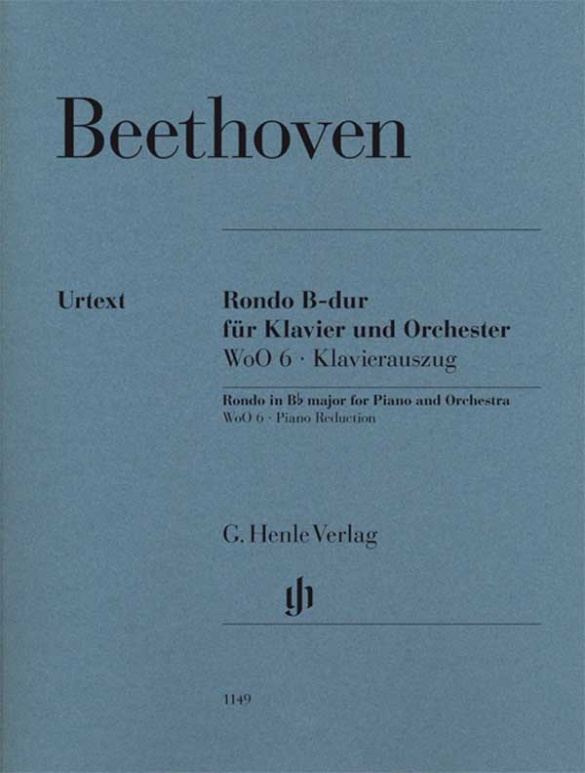

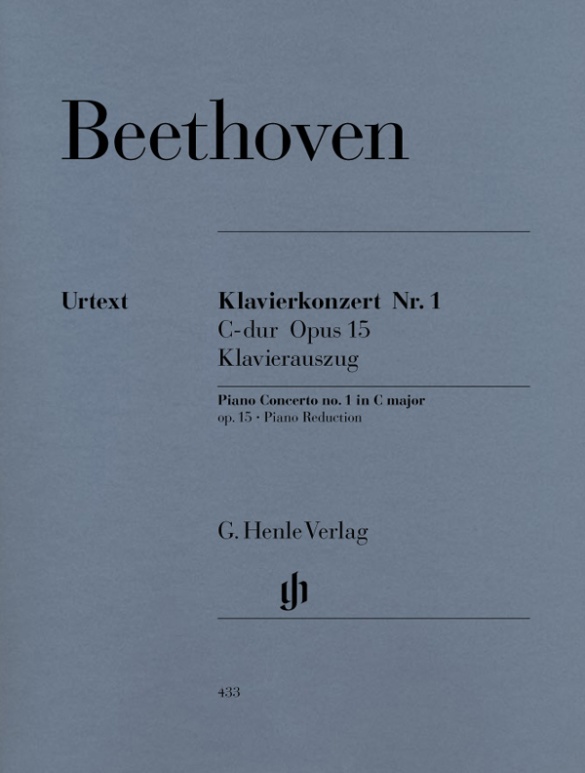
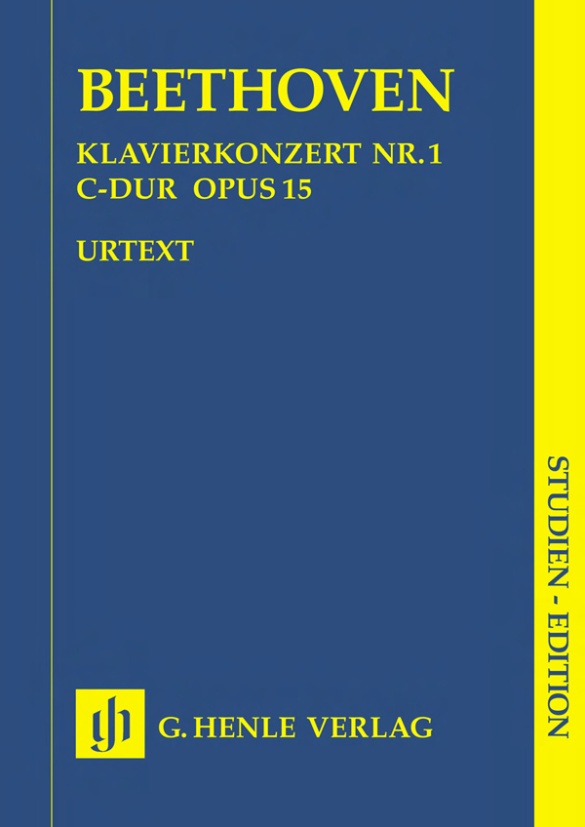
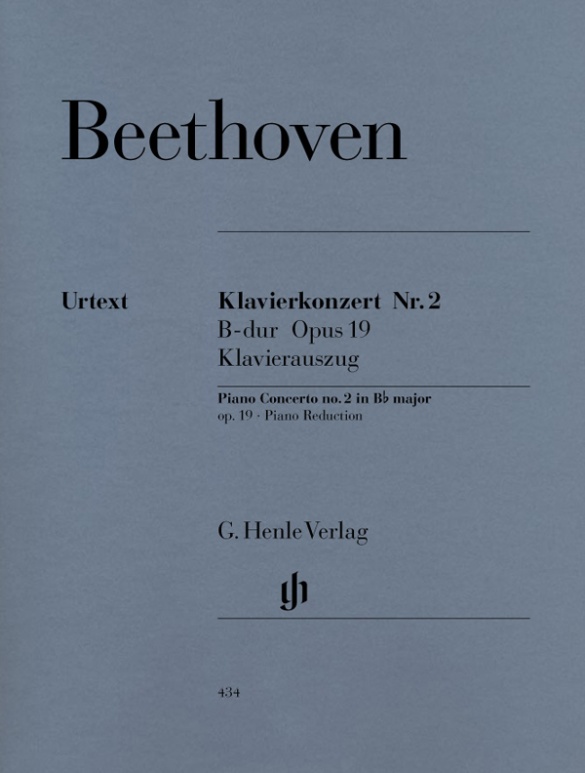
Orchestral material from Breitkopf & Härtel